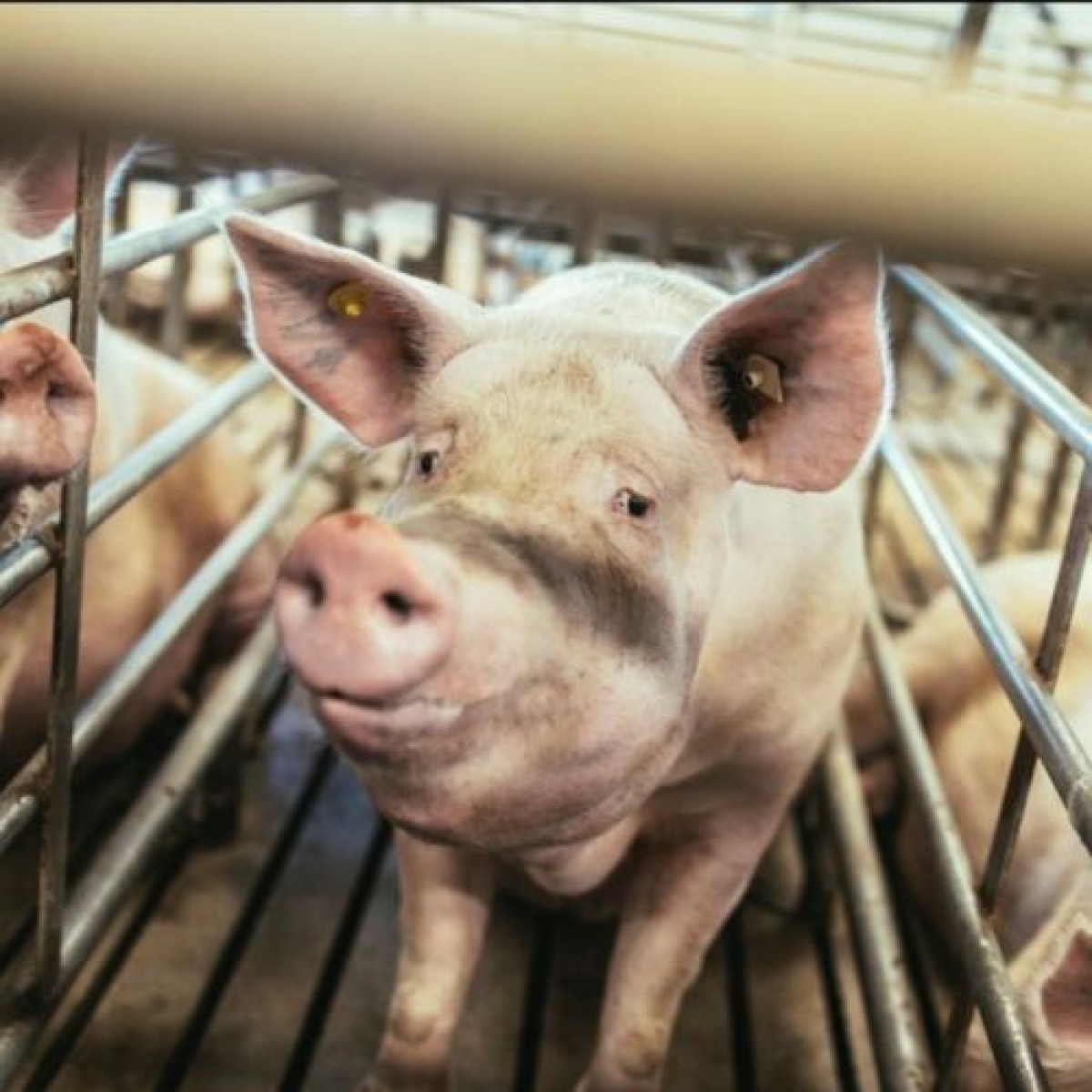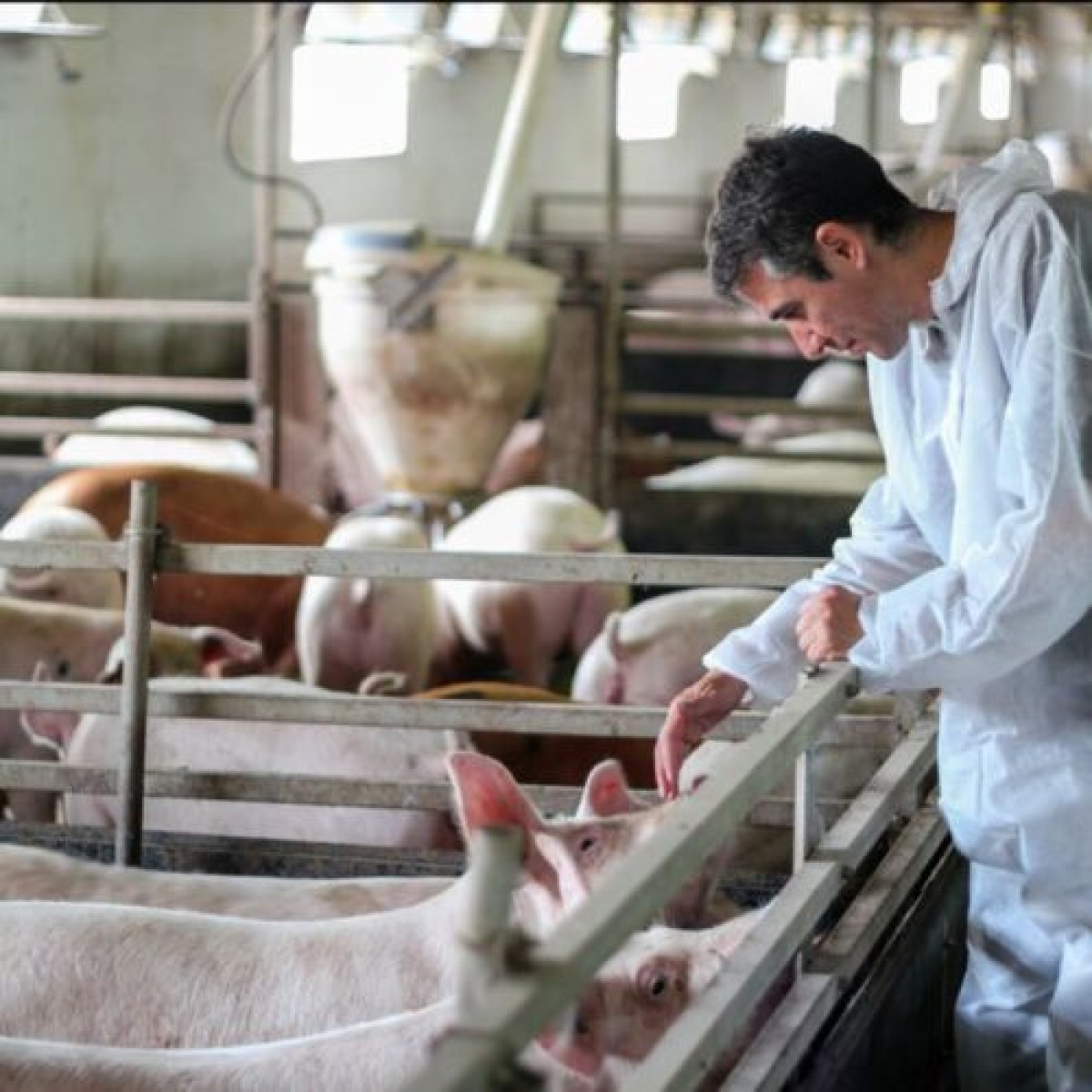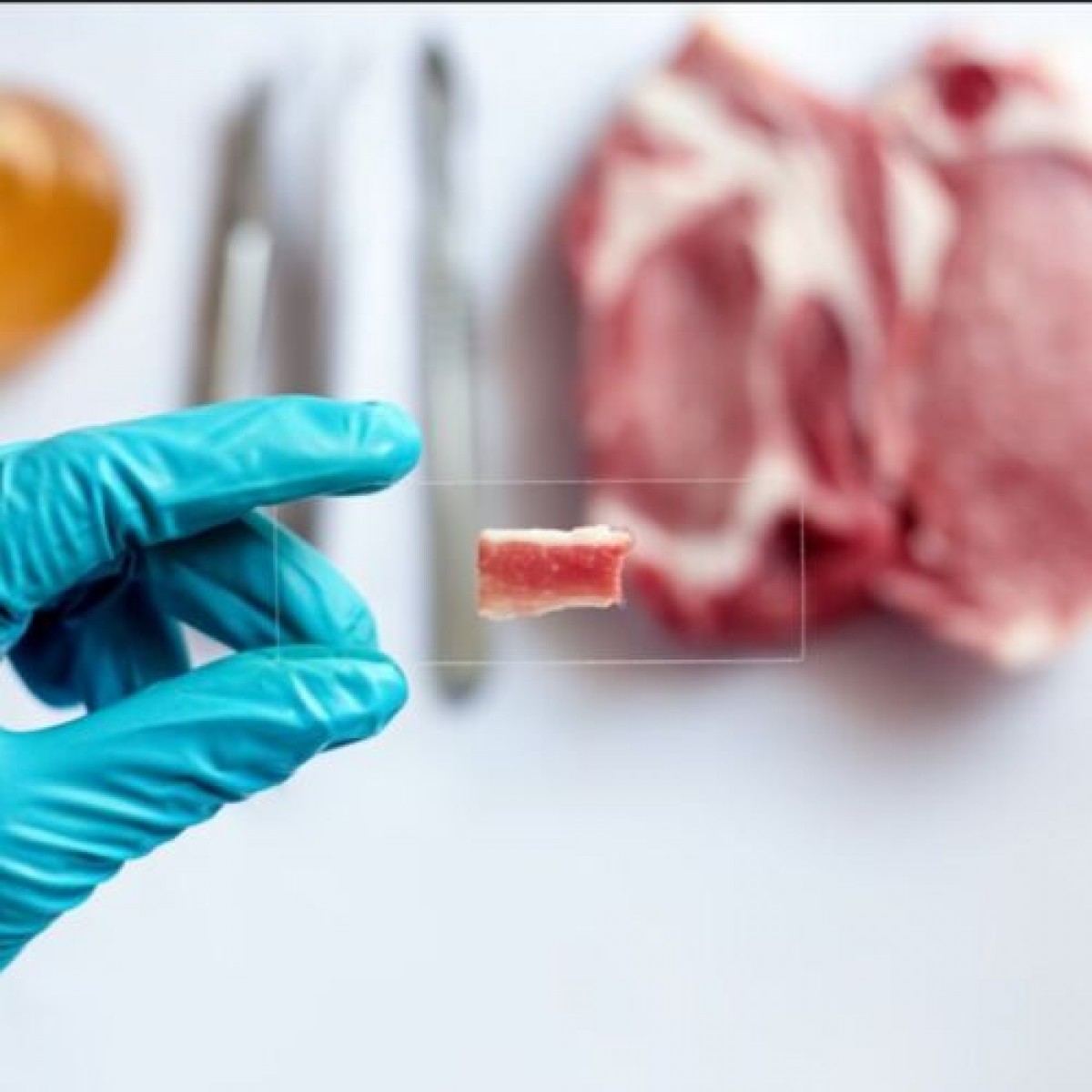Two research groups study to what extent pigs are susceptible to SARS-CoV-2
They note that a better understanding of the role of livestock in the infection and transmission of the coronavirus is essential to mitigate the risk of zoonotic transmission.
Two research groups from Canada and the United States have carried out a study to determine to what extent pigs are susceptible to SARS-CoV-2, as they explain a better understanding of the role that livestock plays in infection and transmission. of the coronavirus is essential to mitigate the risk of zoonotic transmission.
For this, they proceeded to the experimental oronasal inoculation in 16 crossbred Yorkshire American pigs. Two uninoculated pigs were used as transmission controls, which were placed alongside the inoculated pigs on day 10. The team used an uninoculated control pig that provided negative control tissues.
The physical examination included blood collection and testing, oral, nasal, and rectal swabs, and nasal lavage. Samples were evaluated for clinical signs and pathology, viral shedding in tissues, evidence of virus shedding, and seroconversion. To detect the presence of SARS-CoV-2 in blood, a reverse transcriptase-polymerase chain reaction (RT-qPCR) was used, and the development of neutralizing antibodies to SARS-CoV-2 was also monitored.
Low levels of disease
The team found that pigs subjected to the experimental inoculation were susceptible at low levels to SARS-CoV-2 infection. In general, there was no observable respiratory distress in these animals and the temperature of the animals remained normal throughout the study period.
The two uninoculated pigs that were in contact with the inoculated pigs from day 10 onward showed no evidence of viral infection at any time during the study. Of the 16 experimentally inoculated animals, five showed some level of immune response to SARS-CoV-2, representing approximately 30% of the study cohort.
Viral RNA was detected in the nasal wash and oral fluids in two animals, and the live virus was detected in one pig. Furthermore, antibodies against SARS-CoV-2 were detected in 2 pigs at 11 and 13 days after infection, while oral fluids collected six days after inoculation showed the presence of secreted antibodies. One of the pigs showed mild symptoms, including coughing and depression, while several other pigs had a mild eye and nasal discharge in the immediate post-infection period.
Presence of the virus 13 days later
The clinical data collected by this study provide evidence for the presence of live SARS-CoV-2 virus in pigs for a minimum of 13 days after inoculation. The discovery of the presence of secreted antibodies in oral fluids can be useful in surveillance measures. It may also mean that human saliva testing could serve as a less invasive diagnostic method, alongside serosurveillance studies performed to detect SARS-CoV-2 infection.
The findings of this study contradict previous research reports that pigs are not susceptible to SARS-CoV-2 infection. In previous studies, viral RNA was not detected in swabs or tissue samples, and there was no seroconversion. This may be due to variations in viral isolation, infectious dose, age of animals, or breed of pigs. All of these factors could affect the results of the study.
It is important to note that this study used a 10-fold higher viral dose for experimental inoculation compared to previous studies. All of these findings emphasize the need for more research on the susceptibility of livestock species to assess the role they play and the risks they pose in spreading the disease.
“Finally, we highlight that to date no cases of production animals due to natural infection have been documented; however, the results of this study support new research on the role that animals can play in the maintenance and spread of SARS-CoV-2, ”the researchers conclude.














List
Add
Please enter a comment